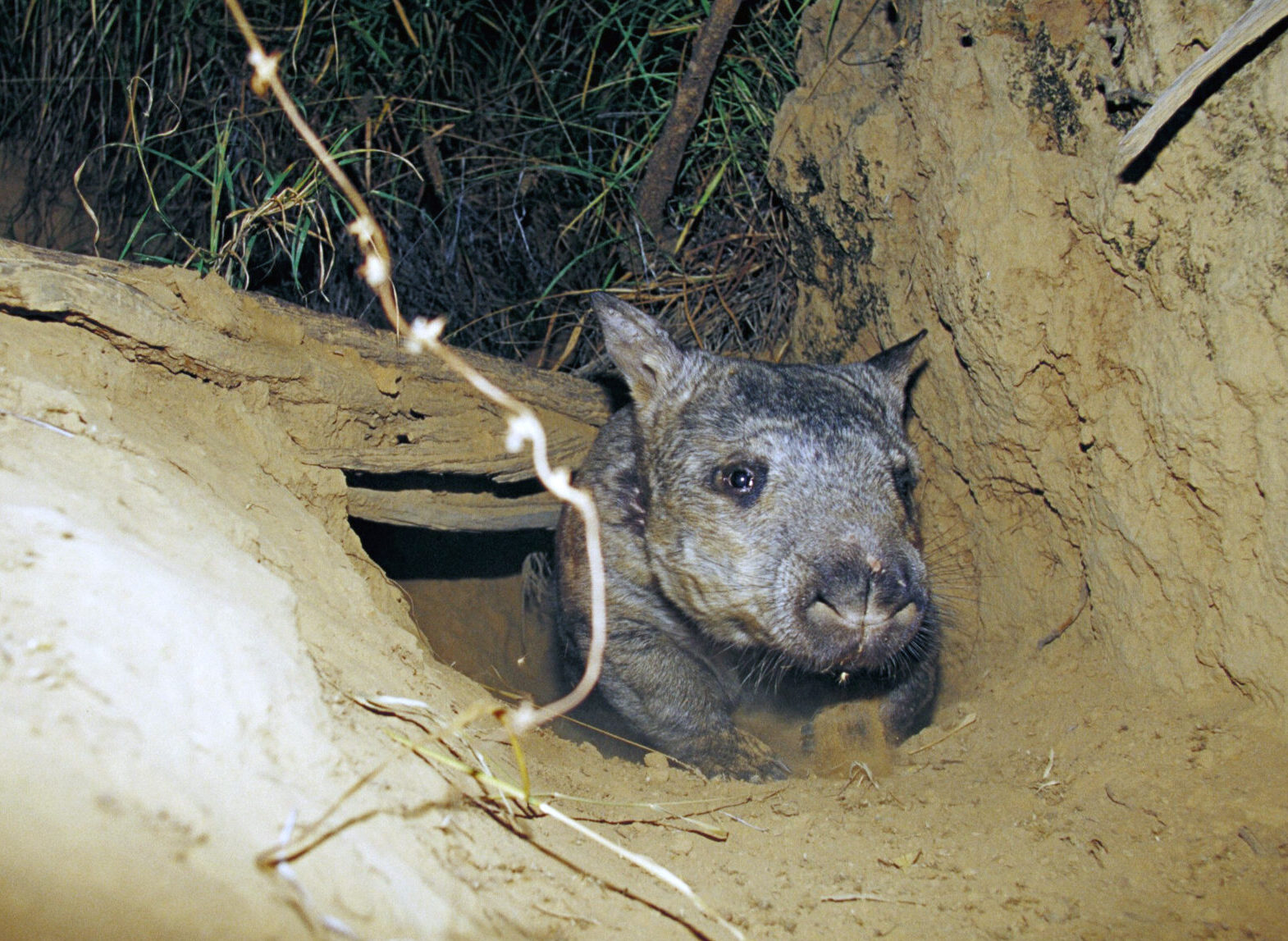| Common name | Spotted-tail quoll |
| Scientific name | Dasyurus maculatus |
| Type | Mammal |
| Diet | Carnivore eating birds, reptiles, and medium-sized mammals |
| Average lifespan | 3-5 years |
| Size | 35-75cm |
The last of a dying breed, the spotted-tail quoll (Dasyurus maculatus) is the largest remaining carnivorous marsupial on the Australian mainland.
There are four species of quoll within Australia, all sharing the same pointy snout, well-developed canines, and hairy tail, but the spotted-tail quoll is the only one to have its trademark white body spots extend to its tail.
Two other species of quoll occur outside of Australia – the bronze quoll (Dasyurus spartacus) and New Guinea quoll (Dasyurus albopunctatus).
Found in Queensland, Victoria, New South Wales and Tasmania, the spotted-tail quoll lives in forests and bushlands. A mostly solitary, nocturnal creature, the spotted-tail quoll hunts during the night and shelters in hollow tree logs, rock crevices and caves during the day.
About the size of a domestic cat, the spotted-tail quoll gives birth to young that are as tiny as a grain of rice. Even though miniature and underdeveloped at birth, these pups continue to grow in the female’s pouch for another 12 weeks, at which point they begin eating food that the mother brings into the pouch. While carrying her young, the female walks with her hind quarters elevated, so as not to drag her belly on the ground.
With the second strongest bite of any predatory mammal in the world, the spotted-tail quoll is only out-chomped by its close relative, the Tasmanian devil. A dedicated meat-lover, this spotty animal loves a good meal of greater glider, rabbit, long-nosed bandicoot, or ringtail possum.
Spotted-tail quolls can climb trees to escape a would-be predator and can put on quite a display if they feel threatened. Lowering their ears, crouching down low to the ground, and making a loud, high-pitched screeching sound when they are exposed to danger, the quoll will also hide in narrow den sites or cavities to stay out of harms way.








